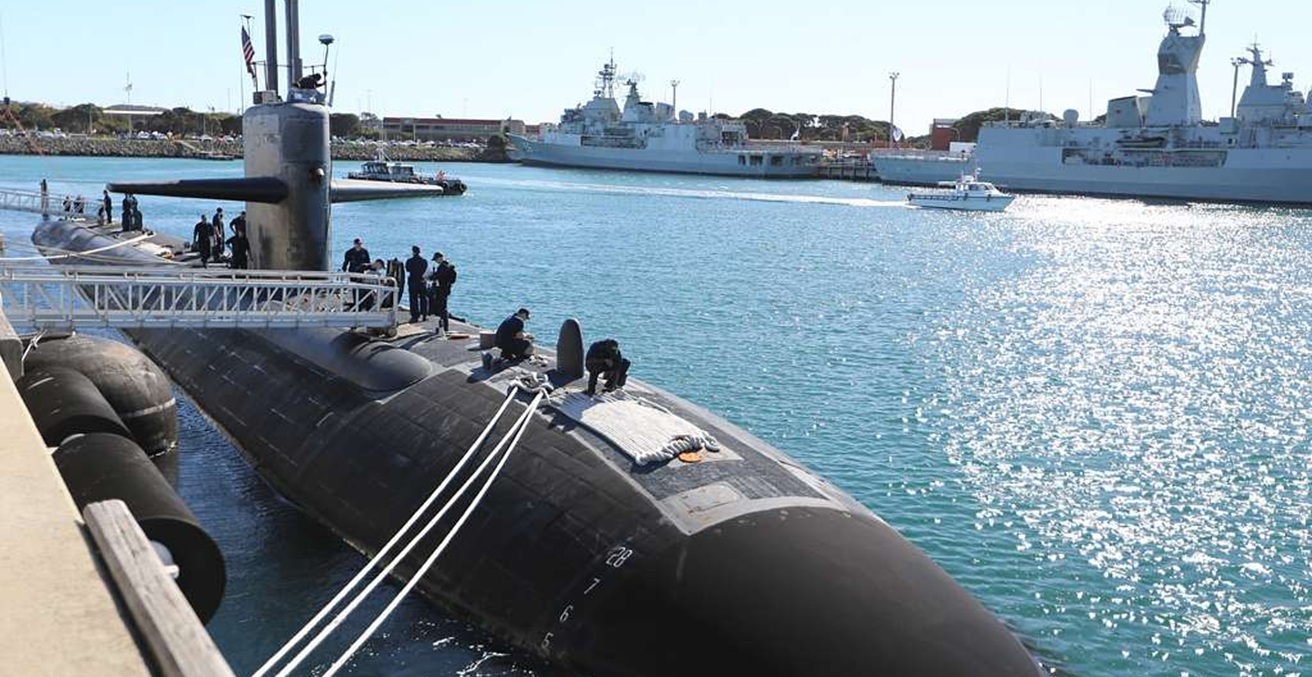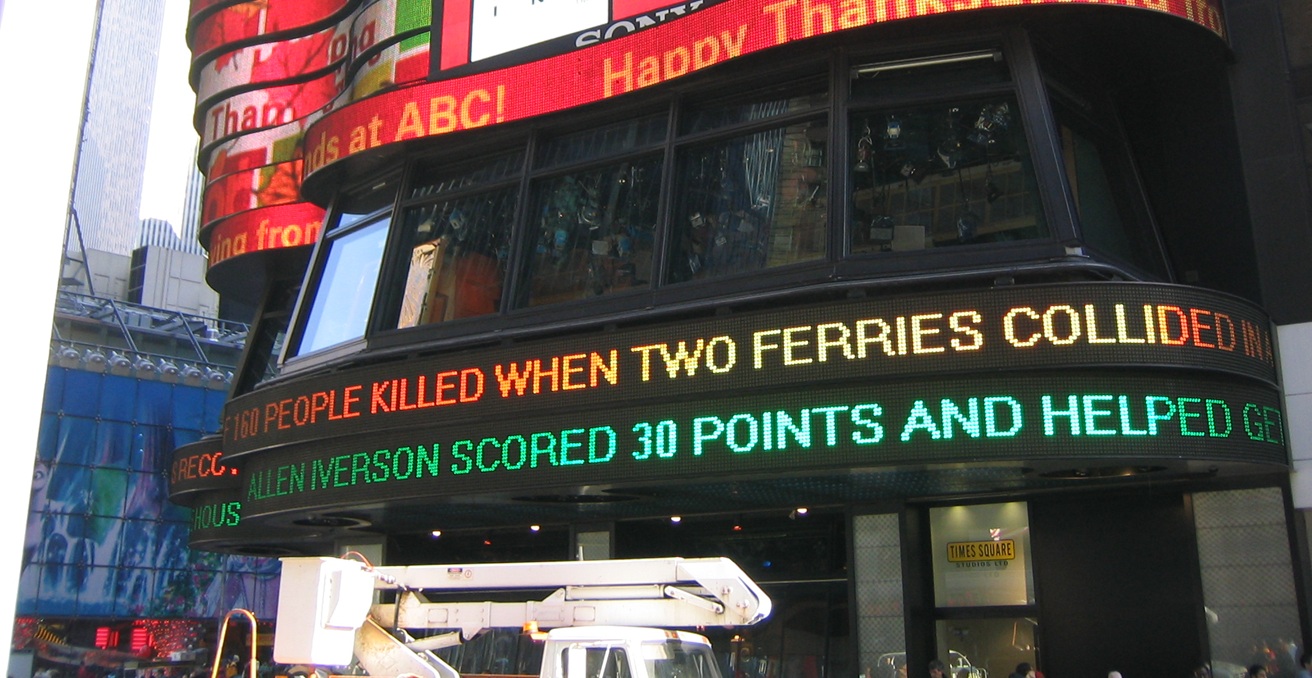Sectarian violence in the border town of Parachinar in Pakistan has been a long term problem. Instability in Afghanistan and a lethargic response in Islamabad have exacerbated it.
Confrontations erupted on 7July between Sunni and Shia tribes in the Parachinar area of Khyber Pakhtunkhwa, Pakistan, over disputed land. At least 13 people were killed and 90 injured in the following days. Clashes reignited despite claims of a brokered ceasefire by the district administration, leading to blocked roads and a shortage of food, medicine, and fuel. Human Rights Commission of Pakistan (HRCP) expressed concern observing that there were “alarming reports of rising militancy feeding into local conflicts.”
The fresh conflicts have once again brought to the fore the volatile region of Parachinar, which shares a porous border with Afghanistan, and is marred by tribal and sectarian violence, including the emergence of Saudi-sponsored Salafist groups fighting in Syria.
Parachinar- Heaven on earth or cauldron of sectarian conflicts?
Nestled in the mountainous, scenic, border area of Pakistan, Parachinar is the capital of Kurram city, the only tribal agency in Pakistan with a significant Shia population. Owing to its natural beauty, it used to be often called “the heaven on earth.”
Kurram is positioned strategically, being the shortest way to Kabul from anywhere in Pakistan, bordering with the eastern provinces of Afghanistan. It is also the closest Shia town bordering Khost, Paktia, Nangarhar, and Logar, all four provinces where Tehreek-i-Taliban and other smaller militant organisations are active.
Most of the Parachinar population belongs to Turi and Shia Bangash tribes. Turis are a Shia Pashtun tribe of around 500,000 people, most of whom live in and around Parachinar and Kurram Agency. The Bangash populate the Kurram Agency, Kohat, and Hangu districts of Khyber Pakhtunkhwa. Some Bangash tribes are Shia and some are Sunni or a mix of both.
Due to their sectarian affiliation, opposition to the Taliban and other Sunni militant groups, and territorial disputes with other Pashtun tribes, Turis have faced targeted violence and attacks. Groups such as the Tehreek-e-Taliban-e-Pakistan have targeted Turis for their Shia faith.
After the ouster of the Taliban from Afghanistan in 2001, Taliban militants started crossing over to the region, establishing sanctuaries there. A BBC report in 2010 quotes locals in Parachinar saying the Taliban set up a base at a mosque in the region in 2006. In 2007, in a fierce sectarian war that broke out when the Sunni Taliban attempted to conquer Parachinar, more than 3,000 people died and thousands more sustained injuries. In August 2008, fed up with paralysed government forces, local elders raised a tribal force to deal with the Taliban, which finally led to the fall of Bugzai, a village that housed the Taliban’s main base in the region.
Recent violence in the region
The relative peace that ensued deteriorated in January 2017, when at least 25 people died and 87 were injured in a bombing targeting Parachinar market. Most recently, a string of sectarian conflicts ignited following the killing of six Shia men and one Sunni man on 4 May 2023, in Tari Mangal, a village situated a few kilometres away from the Pakistan-Afghan border.
This was followed by clashes on 7 July over four days, leading to the imposing of Section 144 curfew in the region. The clashes broke out with the exchange of fire between the inhabitants of Dandar Sehra and Boshehra over the construction for the disputed Shamlat or shared land at Dandar Sehra, upper Kurram.
While ceasefire agreements following recent clashes in the region failed miserably, the minority Shia community in Pakistan accuses Prime Minister Shehbaz Sharif of imposing Sunni majoritarianism by failing to provide security in Pakistan’s restive tribal districts and not helping the besieged Shias.
The District Police Officer says the conflict is related to land disputes rather than sectarian issues. The government also says they are working on a land commission to adjudicate the land disputes, which will bring enduring peace in the area. “Several reports have been received that some miscreants are giving it the colour of a sectarian clash and propagating false news on social media,” the Home Department said, adding that strict monitoring of social media is in place and such acts “will be dealt severely.” However, local residents say the issue is purely sectarian and terming it as a land dispute will do nothing to resolve the matter.
Factors contributing to sectarian strives in Parachinar
Various factors, domestic and international, contribute to the crisis of Parachinar, already under pressure by rising population and demographic constraints.
The enormous lack of trust between Sunnis and Shias, coupled with the influx of weapons during Afghan Jihad, leads to easy escalation of conflict in the region. In most instances, violence breaks out during public processions on the eve of Muharram or Eid Miladun and Nauroz.
There are also religious schools and extremist clergy that take advantage of the less literate youth to ignite the Sunni-Shia rift. Confrontations between rival madrassa student groups have often escalated to sectarian war-like situations in the region. The voice of tribal elders has been weakened by trained young militants, who are indoctrinated easily, given the inaccessibility of schools. Further, the presence of Sunni militants from outside the Agency, and even from across the border, makes the jirgas or local assembly of tribal elders who earlier settled differences, ineffectual. Civil society groups or NGOs are also absent in the peace-making process in the region due to concerns of potential attacks from militants and tedious registration processes.
Way forward
As a result of constant sectarian clashes and resultant blockades, essential services such as polio campaigns and the delivery of crucial goods are hindered. There is a rising need to address the grass roots causes of the escalating sectarian violence in Kurram.
Following the clashes in Parachinar, the HRCP reminded the government that it had pledged to mainstream the newly merged districts in 2018 and secure all citizens’ rights to life and security while providing them access to healthcare and education,. “This pledge remains unmet despite the allocation of Accelerated Implementation Programme funds,” they reflected.
Although the Government have made attempts for a “deweaponisation” campaign in Kurram, it has been largely unsuccessful. Tribal elders in Parachinar are apprehensive given the recent history of violence against the tribes and the fragile security situation in Afghanistan, which continues to pose a threat.
All this suggests that the government needs to acknowledge the sectarian undertones of conflict in the region and adopt a more holistic approach towards peace. Addressing factors such as unemployment, illiteracy and poverty through developmental projects is the key to lasting peace. Measures such as banning provocative slogans or speeches and imposing it strictly is also important. It is also necessary to keep a strong vigilance on the border in Kurram with Afghanistan to cut entry for militants and to trace the funding of local sectarian groups. It lies upon both regional and national stakeholders to work collaboratively on these fronts. Honouring accords and ceasefires will only ensue later.
Pravda Parakkal is a Senior political Analyst in Melbourne and expert on South Asia.
This article is published under a Creative Commons License and may be republished with attribution.




